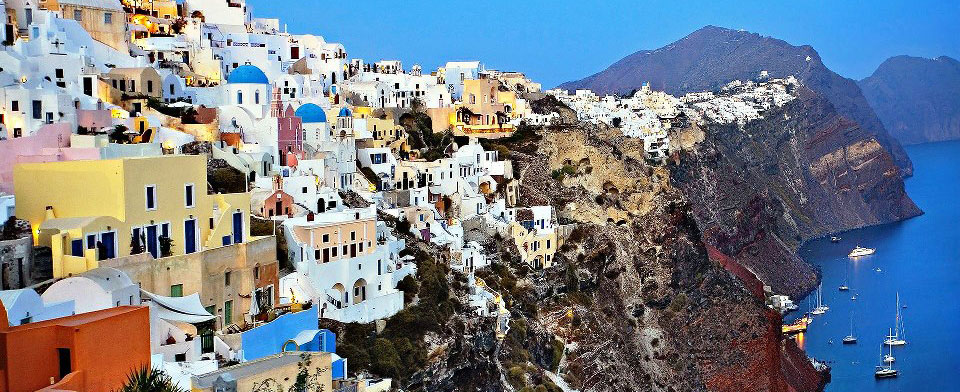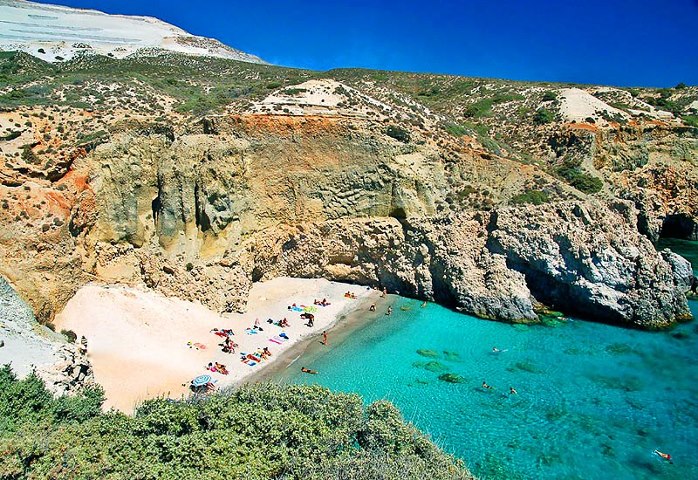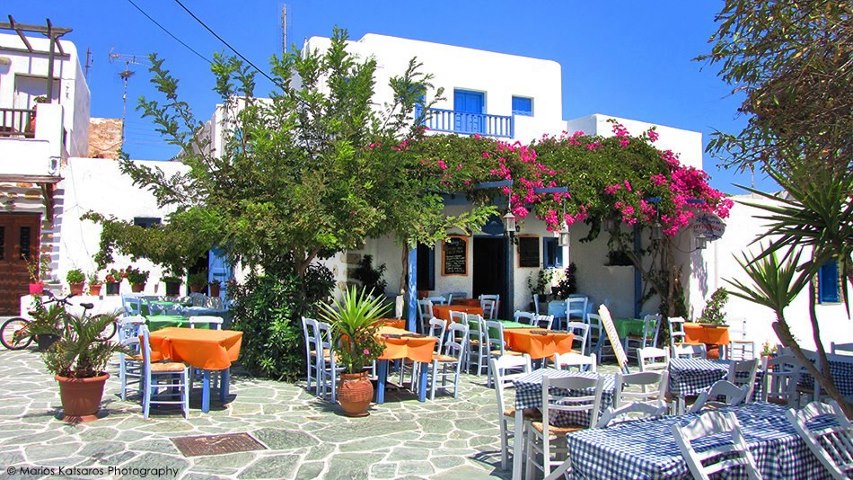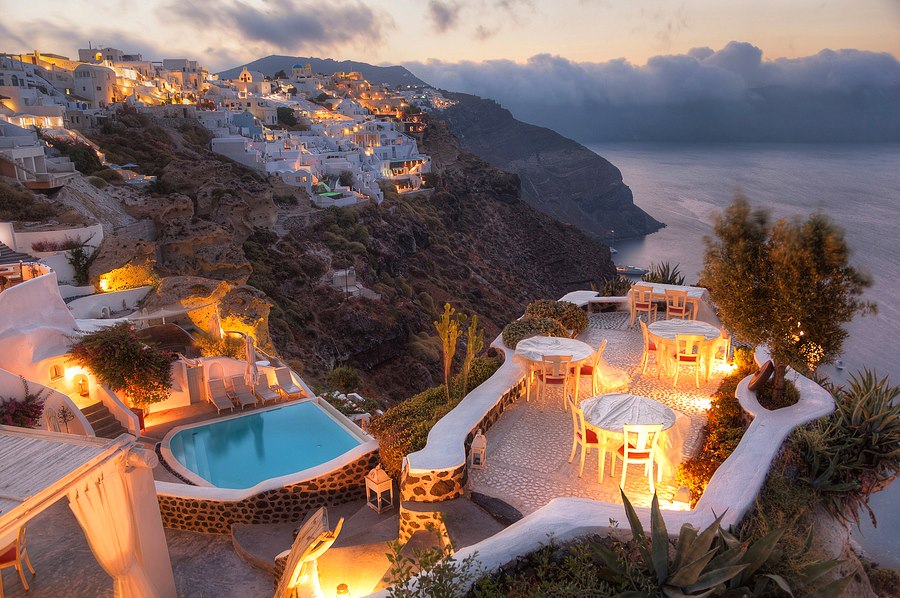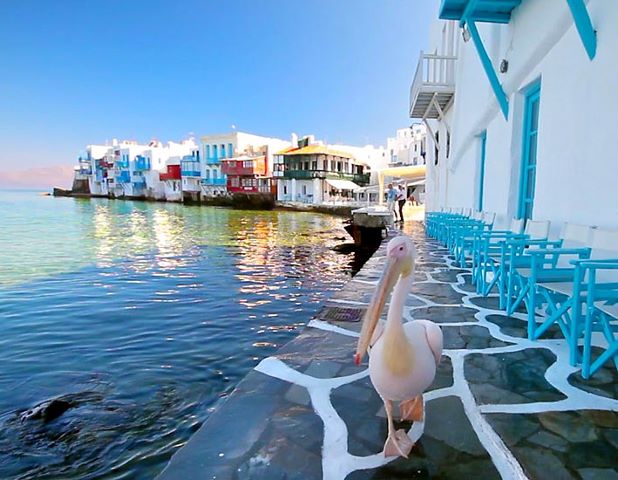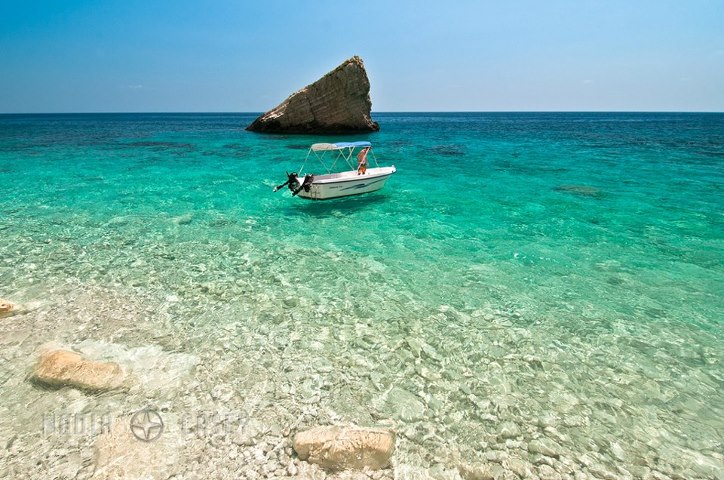The Cyclades are one of the Greek island groups that constitute the Aegean archipelago, southeast of the mainland Greece. Cyclades, because of their geographical position, between mainland, Asia and Africa were - during their history - the bridge for the development of commerce and civilization.
The Cyclades are a Greek island group in the Aegean Sea, comprising about 220 islands, the major ones being the following 24: Amorgos, Anafi, Andros, Antiparos, Donousa, Iraklia, Thirasia, Ios, Kea, Kimolos, Koufonisi, Kythnos, Milos, Mykonos, Naxos, Paros, Santorini, Serifos, Sikinos, Sifnos, Syros, Schinousa, Tinos and Folegandros. The climate is generally dry and mild, with mild winters and cool summers. The average winter temperature ranges from 10° to 16°C, while the average summer temperature ranges from 24° to 30°C. "Meltemia" (summer winds) constitute a substantial weather phenomenon during summertime. They are winds that blow from northeast to northwest with high intensity between the middle of July until the middle of September and make the summer.
«Then he spoke and the sea was born. And I saw and marvelled...
And in its midst he sowed small worlds in my image and likeness...
Steeds of stone with manes erect and amphorae serene and the slanting backs of dolphins...»
Odysseas Elitis
The Cyclades are in fact the peaks of the mountains of the Aegais, a mountainous terrain, which was submerged in geological times, about 5 million years ago. The earthquake and volcanic activity played an important role in all the geomorphologic processes. Volcanic eruptions that took place before 35.000.000 years (with the volcanic eruption of Santorini, 17th- 16th century B.C. being the most important) constitute part of the geological disruptions that shaped Aegais.
In fables, Cyclades are connected with Poseidon in whom it's imputed their creation. It is said that they took its name from the nymphs, Cyclades that the God of sea transformed them into islets when they provoked him. There are also and other traditions about their name as for instance from the word cycle, because they spread around Delos, the island where Apollonas born.
The islands flourished during the Bronze Age, despite the occasional destruction of some settlements by earthquakes. The development of the Early Cycladic civilization is spanning the period from 3000 BC - 2000 BC and communicates and develops with the Early Minoan civilization of Creta. According to history the carriers of the Early Cycladic civilization were the Kares and the Leleges. During the Byzantine times Cyclades belonged to the Theme of Aegean. The Ottoman Empire took control of the Cyclades in 1500. However, Ottoman authority was relatively lax on the islands because no governors or garrisons were dispatched or deployed there. The Cyclades played an active role, in 1821, in the Struggle for Independence. In 1830 Cyclades became part of the newly founded Greek State.
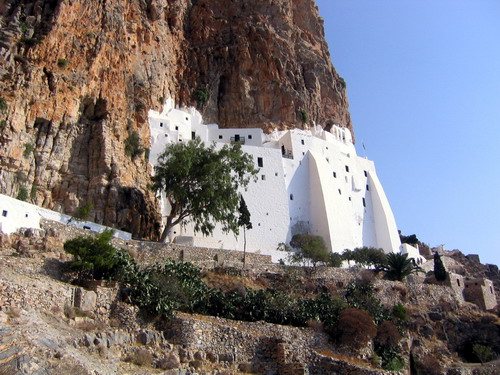 |
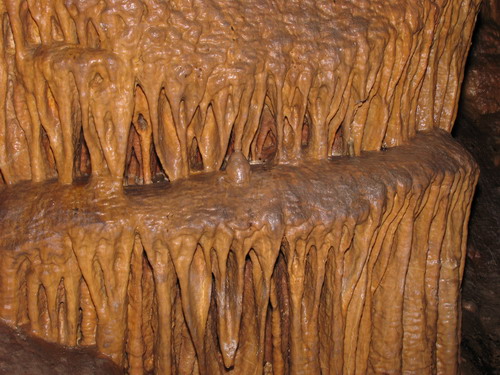 |
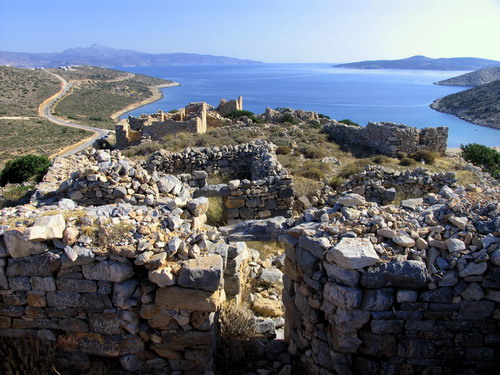 |
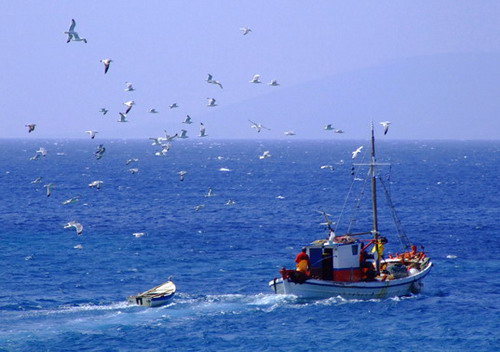 |
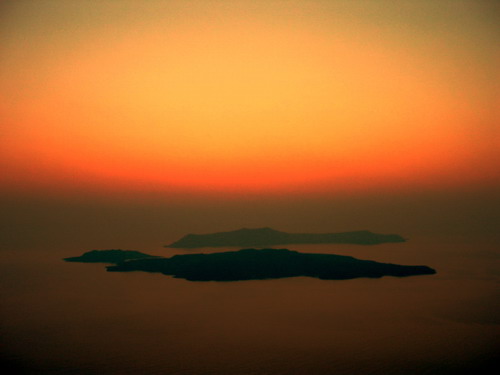 |
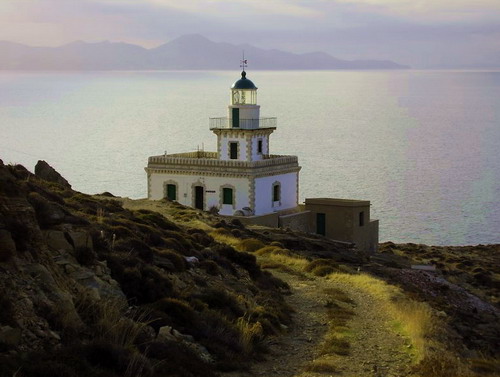 |
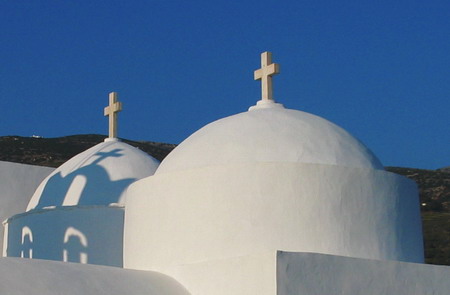 |
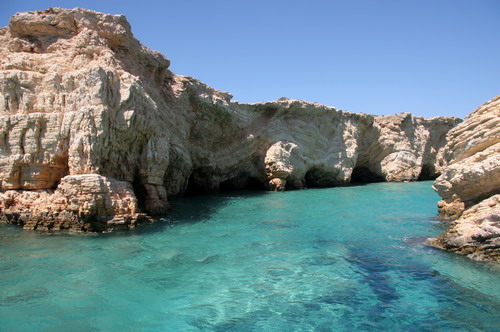 |
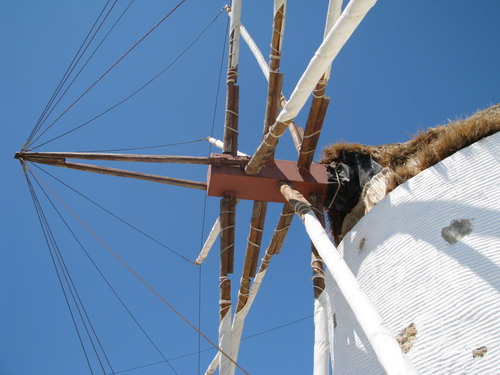 |
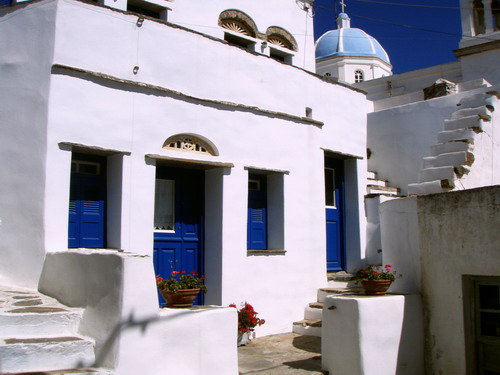 |
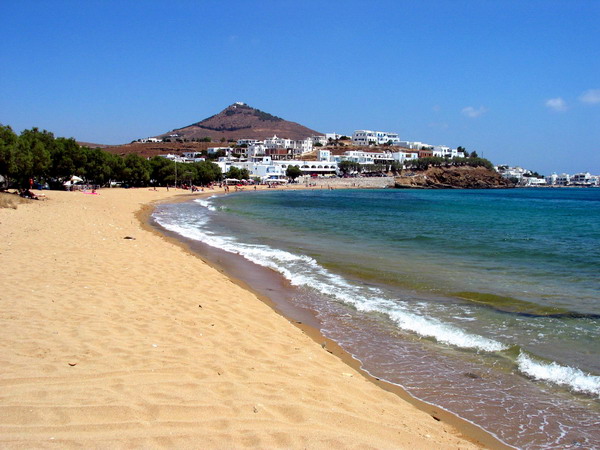 |
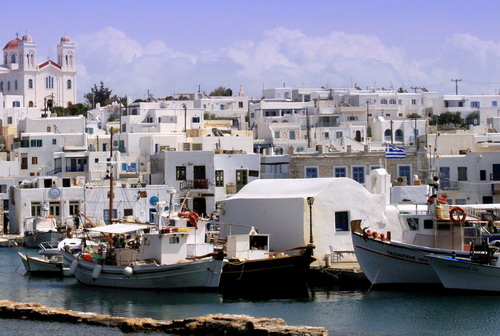 |
The whitewashed houses and the rocks are typical of Cyclades. The folk architecture of Cyclades became a role model for modern architecture. The abundance of suitable materials (white and green marble, slate, granite, etc) and the amazing beauty of the sunsets and sunrises combined with fine architecture give to Cyclades a particular atmosphere and the feeling of being in a painting, surrounded by extreme purity and beauty. The traditional buildings in Cyclades are harmonized perfectly to the natural environment. The strongly built houses follow the line of the steep rocks. Their back is turned toward the sea, using wells as storage tanks, being protected from the wind and rain. Each island has its own architectural features: underground buildings, towers, stone rustic huts buildings, neoclassic noble men's houses as well as traditional Cycladic houses. The visitor can find almost in every Cycladic island monuments and buildings of great rural and cultural importance such as: dovecote, windmills, watermills, bridges, monasteries, "syrmata" (traditional mooring or storage space).
Arts, traditional crafts (such as marble sculpture, ceramics and pottery) as well as local gastronomy are giving to Cyclades a "couleur local". Easter, Christmas, Halloween and wedding traditions and customs revive in Cyclades. Innumerable fairs are taken place in the islands of Cyclades keeping alive the religious and cultural tradition of the place.
The islands of Cyclades constitute a meeting point of people from all over the world. Cyclades are full of geographical contrasts, history, landscapes of unique natural beauty, hospitality, local cuisine, traditions, and customs presenting a culture of great significance. Holidays in Cyclades give the opportunity to have fun, to relax, to taste local food, to make romantic walks and to enjoy the immense blue sea. The largest islands are full of life -all year around- and are ideal destinations for short excursions; whereas the smallest are essential for, those that are fond of alternative tourism. Agro tourism, sea tourism, sport activities, congress tourism, religious tourism, ecotourism, geo tourism, as well as therapeutic tourism satisfy each visitor.
Synonym to the Greek summer, the islands of Cyclades are the dream of many tourists and are one of the most popular holiday destinations.











